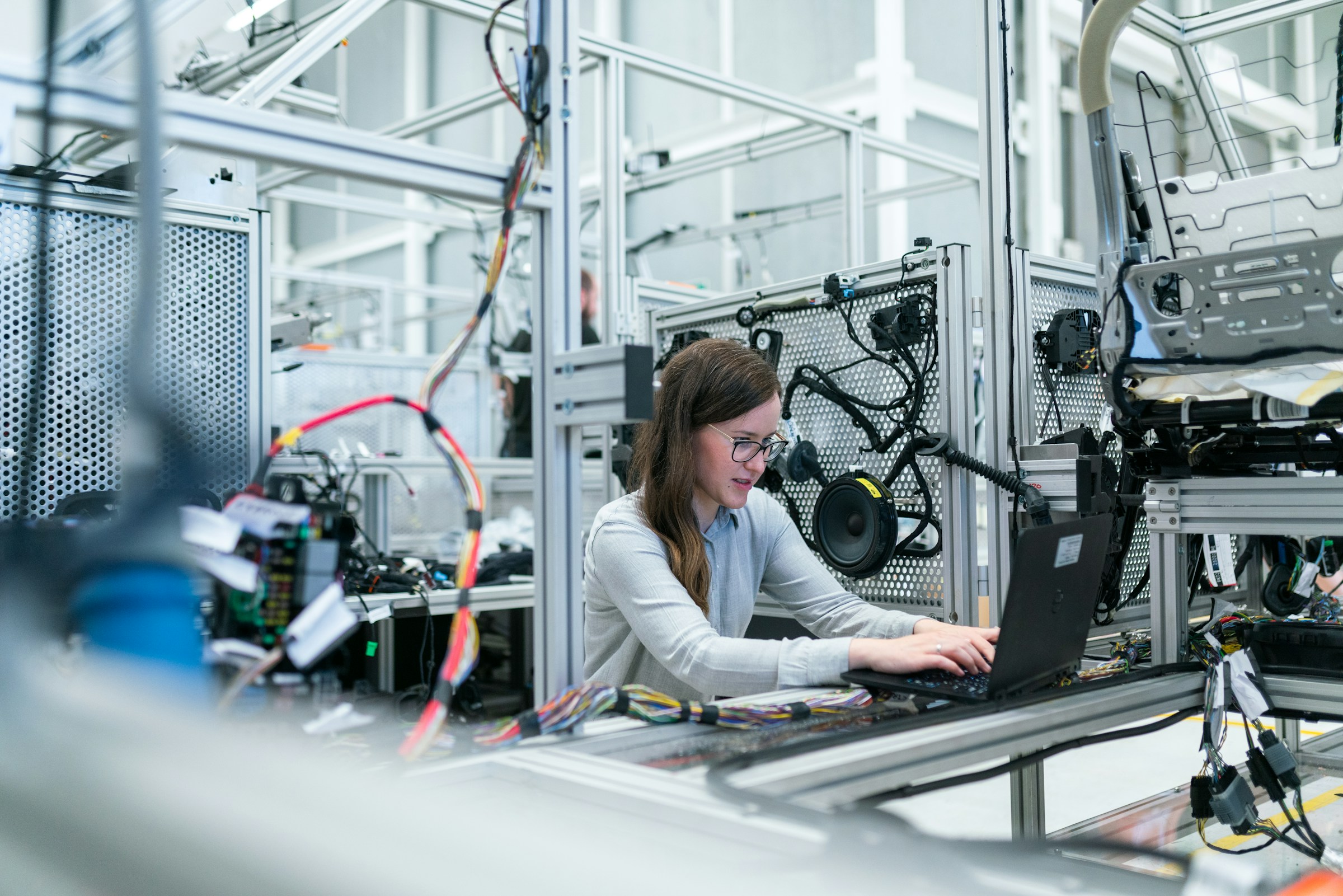A recent Massachusetts Institute of Technology (MIT) study challenges the prevailing notion that artificial intelligence (AI) is poised to replace a significant portion of jobs cost-effectively.
The MIT study, titled "Beyond AI Exposure," addressed growing concerns about the potential displacement of human workers across various industries.
Limited Viability of AI in Job Replacement
In one of the initial in-depth investigations into the practicality of AI displacing human labor, researchers focused on the cost-effectiveness of automating tasks in the United States, particularly those utilizing computer vision, such as teaching and property appraisal. The study revealed that only 23% of workers, measured in terms of dollar wages, could be efficiently replaced by AI. The upfront costs associated with implementing AI systems, especially in visual recognition, proved to be a limiting factor, making human labor more economical in some instances.
The study, funded by the MIT-IBM Watson AI Lab, surveyed approximately 1,000 visually-assisted tasks across 800 occupations.
According to Fortune, the findings indicated that a mere 3% of such tasks can be cost-effectively automated today, a figure projected to potentially increase to 40% by 2030 as data costs decrease and accuracy improves.
AI's Impact on Various Industries
Computer vision, a subset of AI enabling machines to extract meaningful information from digital images, demonstrated a favorable cost-benefit ratio in retail, transportation, warehousing, and healthcare sectors.
MIT researchers highlighted that the current feasibility extends to only 6% of tasks related to quality control in a hypothetical bakery. While the sophistication of AI tools like ChatGPT has led to concerns about job displacement, the MIT study suggests that a careful balance is needed to harness AI's potential fully without causing negative repercussions.
Neil Thompson, Director of the FutureTech Research Project at the MIT Computer Science and Artificial Intelligence Lab, emphasized that the study delves into the widespread applicability of computer vision across various occupations and industries.
According to Bloomberg, he highlighted the likelihood of increased automation in retail and healthcare, while areas like construction, mining, or real estate might see less impact from AI integration.
In conclusion, the MIT study challenges the narrative of imminent widespread job displacement due to AI, emphasizing the nuanced impact across different sectors and the need for a cautious approach to AI integration in the workforce.
Photo by: ThisisEngineering RAEng/Unsplash



 SpaceX Insider Share Sale Values Company Near $800 Billion Amid IPO Speculation
SpaceX Insider Share Sale Values Company Near $800 Billion Amid IPO Speculation  Adobe Strengthens AI Strategy Ahead of Q4 Earnings, Says Stifel
Adobe Strengthens AI Strategy Ahead of Q4 Earnings, Says Stifel  Intel’s Testing of China-Linked Chipmaking Tools Raises U.S. National Security Concerns
Intel’s Testing of China-Linked Chipmaking Tools Raises U.S. National Security Concerns  Apple App Store Injunction Largely Upheld as Appeals Court Rules on Epic Games Case
Apple App Store Injunction Largely Upheld as Appeals Court Rules on Epic Games Case  Australia Enforces World-First Social Media Age Limit as Global Regulation Looms
Australia Enforces World-First Social Media Age Limit as Global Regulation Looms  Evercore Reaffirms Alphabet’s Search Dominance as AI Competition Intensifies
Evercore Reaffirms Alphabet’s Search Dominance as AI Competition Intensifies  EU Court Cuts Intel Antitrust Fine to €237 Million Amid Long-Running AMD Dispute
EU Court Cuts Intel Antitrust Fine to €237 Million Amid Long-Running AMD Dispute  U.S.-EU Tensions Rise After $140 Million Fine on Elon Musk’s X Platform
U.S.-EU Tensions Rise After $140 Million Fine on Elon Musk’s X Platform  U.S. Greenlights Nvidia H200 Chip Exports to China With 25% Fee
U.S. Greenlights Nvidia H200 Chip Exports to China With 25% Fee  SK Hynix Shares Surge on Hopes for Upcoming ADR Issuance
SK Hynix Shares Surge on Hopes for Upcoming ADR Issuance  Mizuho Raises Broadcom Price Target to $450 on Surging AI Chip Demand
Mizuho Raises Broadcom Price Target to $450 on Surging AI Chip Demand  Microsoft Unveils Massive Global AI Investments, Prioritizing India’s Rapidly Growing Digital Market
Microsoft Unveils Massive Global AI Investments, Prioritizing India’s Rapidly Growing Digital Market  Trello Outage Disrupts Users as Access Issues Hit Atlassian’s Work Management Platform
Trello Outage Disrupts Users as Access Issues Hit Atlassian’s Work Management Platform  Australia’s Under-16 Social Media Ban Sparks Global Debate and Early Challenges
Australia’s Under-16 Social Media Ban Sparks Global Debate and Early Challenges  Nvidia Develops New Location-Verification Technology for AI Chips
Nvidia Develops New Location-Verification Technology for AI Chips  SpaceX Reportedly Preparing Record-Breaking IPO Targeting $1.5 Trillion Valuation
SpaceX Reportedly Preparing Record-Breaking IPO Targeting $1.5 Trillion Valuation  Trump Criticizes EU’s €120 Million Fine on Elon Musk’s X Platform
Trump Criticizes EU’s €120 Million Fine on Elon Musk’s X Platform 






























